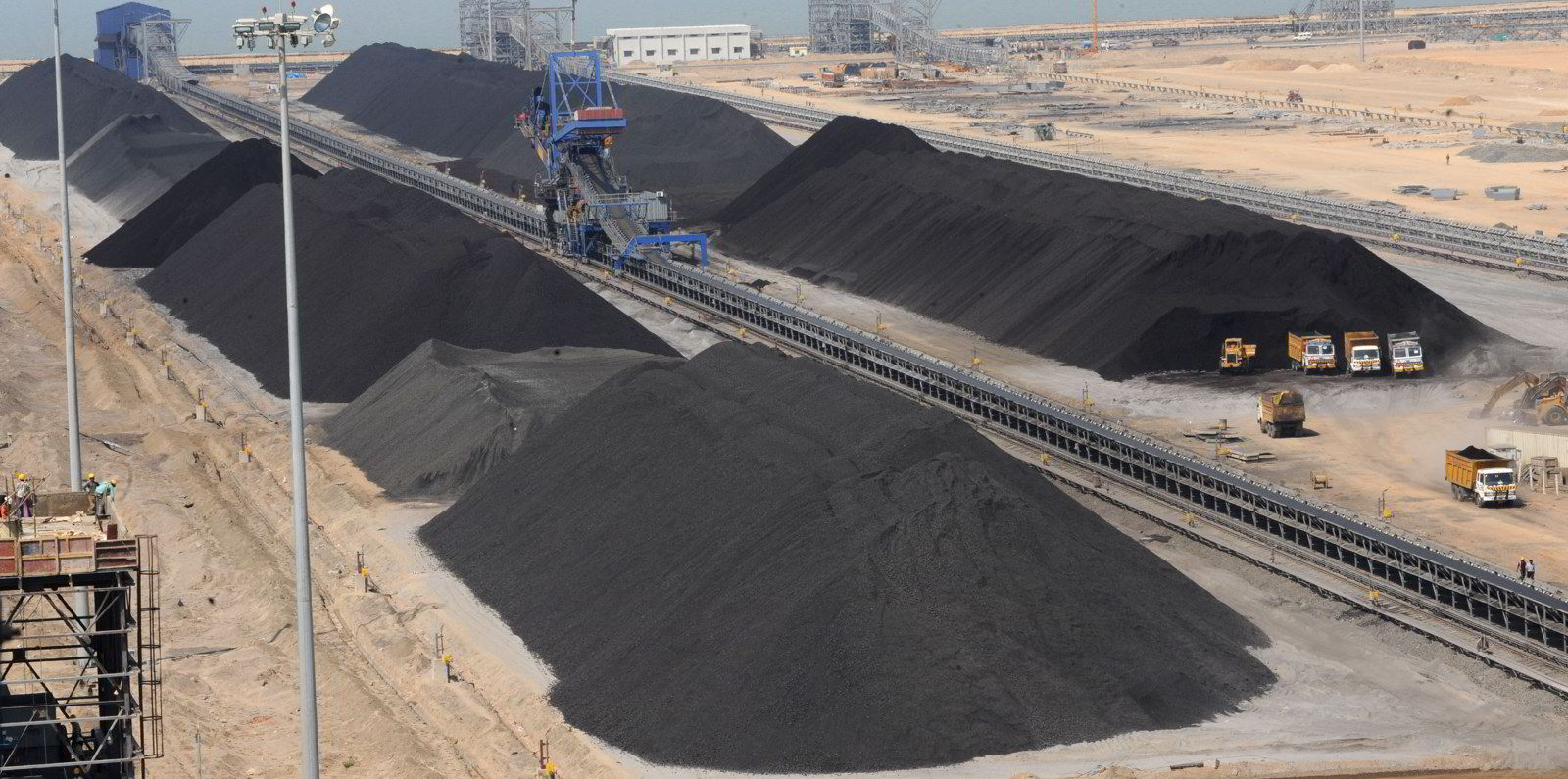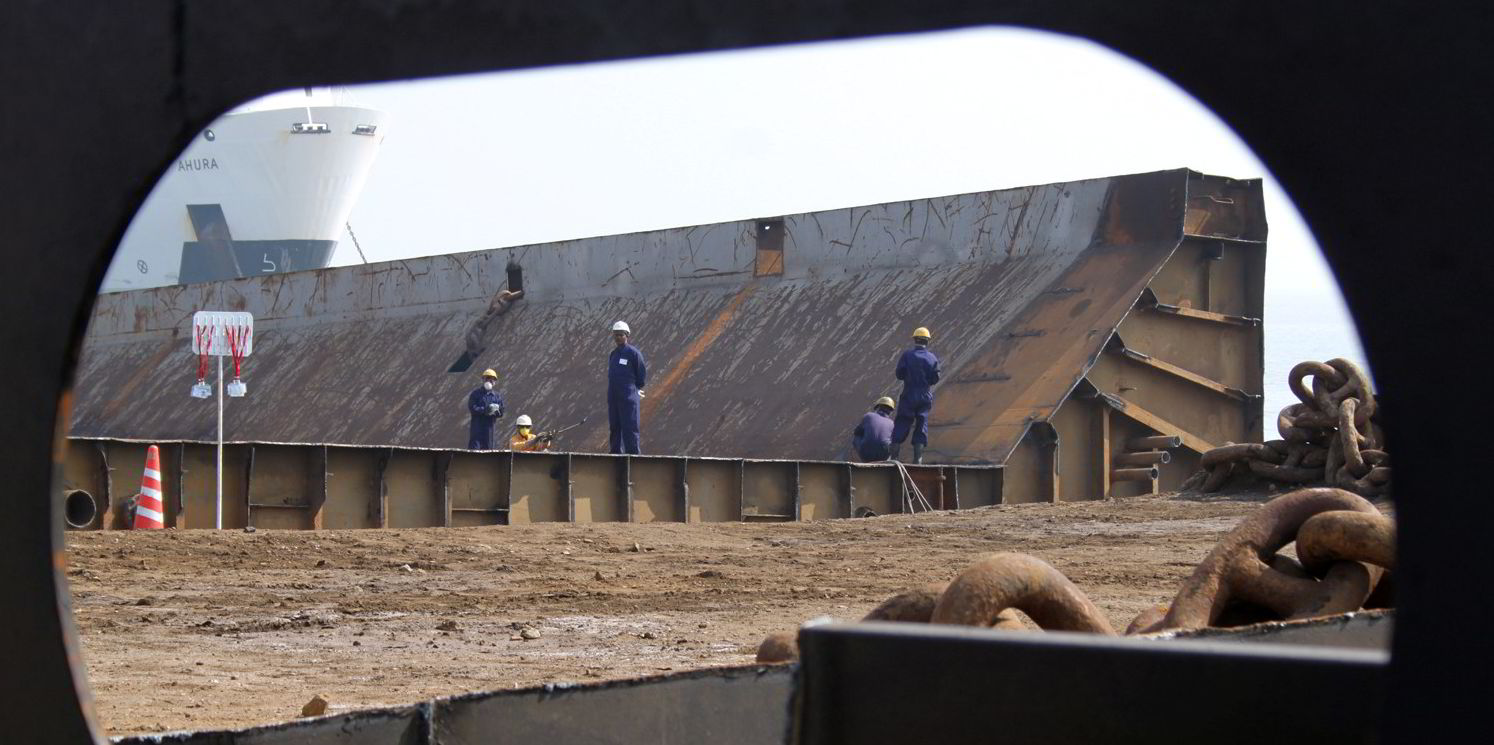India has earmarked a 33% capital expenditure increase of about $122bn on infrastructure projects that will be spent on everything from railways to airports.
As TradeWinds reported shortly after the Indian government’s latest budget was released in early February, the country’s steel industry will be kept busy supplying the steel required for these projects, and for that, the country will need to import a lot more coal.
India’s coal imports have already rebounded to pre-pandemic levels, according to Banchero Costa. India’s imports in 2022 increased by 13.6% year on year to 203.8m tonnes, said the shipbroker, citing Refinitiv data.
Last year’s coal imports were just 1.7% below the 207.3m tonnes India imported in 2019, and all indications are that this year’s volumes will supersede that 2019 total.
Bancosta global head of research Ralph Leszczynski told TradeWinds that thermal coal for power generation makes up about three-quarters of Indian coal imports with the remainder being coking coal for steelmaking.
“Imports of both are growing: coking coal as a push to develop infrastructure boosts steel production, but also thermal coal, as coal still accounts for about 70% of power generation in India. Electricity demand is growing as the economy expands and the population grows in size,” Leszczynski said.
India’s electricity demand surged in 2022 as industrial activity restarted following the end of Covid curbs, and therefore thermal coal demand surged, Leszczynski added.
“This has led to shortages, as coal stockpiles were relatively low. Coal imports into India were somewhat constrained last year by the high international prices of coal amid strong European demand. Now that European demand for coal is slowing thanks to a mild winter and falling natural gas prices, it’s likely that India will be able to boost further its coal imports this year.”

Trade patterns for Indian coal imports saw significant shifts in 2022 due to commercial and political factors, Bancosta noted.
Indonesia continued to be the top exporter of coal to India, accounting for 43% of volumes in 2022. Shipments from Australia accounted for 25.9% of imports, or 52.8m tonnes, although this was a 25.89% decline year on year.
Shipments from Russia during 2022 surged by 163.3% to 19.9m tonnes, with the nation accounting for 8.8% of India’s 2022 coal imports.
South Africa exported 17.5m tonnes of coal to India, down 30.3% year on year, while imports from the US declined by 4.2% year on year to 14.6m tonnes.
Volumes from Mozambique increased by 120.1% year on year to a record 6.7m tonnes in 2022.
The Economic Times of India, citing analysts and government officials, recently reported that India’s power utilities will likely boost coal imports this year to cope with surges in demand, which were made worse over the past 12 months by extreme temperatures, and with freight bottlenecks that disrupted domestic coal supplies, analysts and officials said.
India’s record domestic output of coal may have eased tight inventories at power plants to an average of 12 days’ supply at the end of 2022, the country’s leading financial publication said, but stocks are still far below federal guidelines that recommend at least 24 days’ supply.
Abhishek Rakshit, a senior research analyst at Wood Mackenzie, told the Economic Times of India in January that about 31% of the total coal-based power generating capacity was facing critical coal shortages.
Coal-fired plants, which account for more than 70% of the country’s national power output, may have to increase imports by 50% to 60% from April to December 2023, Hetal Gandhi, director of research at S&P Global’s market intelligence and analytics outfit CRISIL, told the newspaper.
Bancosta data indicates that the majority, approximately 50%, of coal volumes into India are loaded on capesize vessels, with 38% delivered on panamax or post-panamax bulkers. Only 12% of India’s imported coal arrives on handysize or supramax tonnage.





